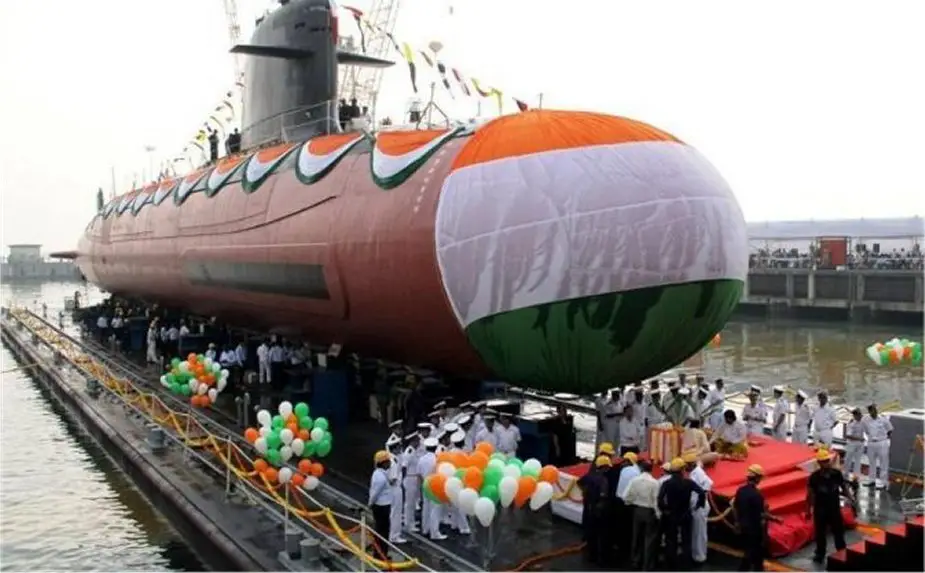Breaking news
India successfully tests its new, air-independent propulsion (AIP), to be fitted in six Scorpenes.
According to information published by Broadsword on March 10, 2021, the Defence Research and Development Organisation (DRDO) crossed an important milestone on Monday, when it demonstrated an Air Independent Propulsion (AIP) system that will allow Indian Navy submarines to operate for up to two weeks without having to surface to recharge batteries.
Follow Navy Recognition on Google News at this link
 INS Karanj (2018) is the third submarine of the first batch of six Kalvari-class submarines for the Indian Navy. It is a diesel-electric attack submarine based on the Scorpene class. (Picture source: NMTV)
INS Karanj (2018) is the third submarine of the first batch of six Kalvari-class submarines for the Indian Navy. It is a diesel-electric attack submarine based on the Scorpene class. (Picture source: NMTV)
Since NMRL is expected to operationally field its indigenous AIP only by 2023-24, this will come too late to power the six new submarines that the navy is tendering in a Rs 45,000 crore programme called Project 75-I.
Instead, the six Project-75I submarines will be powered by AIP systems that the foreign vendor must offer. The DRDO’s AIP system, once ready, will from 2024-25 onward, be “retrofitted” into six Scorpene submarines that are currently being built in India under Project 75, say naval sources.
Legacy, diesel-electric submarines can operate silently underwater for up to 48 hours, but they must surface after that to run a generator to recharge their batteries. When they surface, diesel-electric submarines become vulnerable to detection by enemy radar, which easily detects submarine masts or snorkels protruding out of the water.
This vulnerability is reduced by powering a submarine with an AIP system, which allows for underwater operations for up to two weeks. However, submarines fitted with AIP must still surface every fortnight for battery charging. In that sense, they are not as difficult to detect as nuclear-powered subs, which can stay submerged indefinitely.
Fuel cell technology-based AIP generates power through the reverse electrolysis of oxygen and hydrogen. In this process, the two elements chemically combine, thereby generating electricity to charge the submarine’s batteries.
This process does not need air, but requires storage of highly inflammable hydrogen on board.
This is not true of the DRDO’s AIP system, which relies on the innovative Phosphoric Acid Fuel Cell (PAFC) technology.
This process is more rugged, tolerant of fuel impurities, offers longer life and efficiency, and is much safer, since it does not require hazardous Hydrogen to be stored on board.
Having tested its AIP on a ‘land-based prototype” (LBP), the DRDO will now evolve this into a “marinised” AIP system, which can fit into an actual submarine and operate underwater in live conditions.
The other type of AIP in service is a relatively untried, French system called “Module d'Energie Sous-Marine Autonome (MESMA). The navy had the option to fit the MESMA AIP systems into the six Scorpene submarines that were contracted in 2005 under Project 75.
However, sceptical about MESMA, the navy decided to put its faith in a conventional diesel-electric system for the Project 75 submarines. Once the DRDO developed an indigenous AIP, that would be fitted onto the Scorpenes submarines.




























